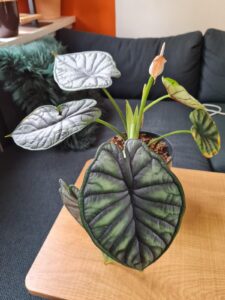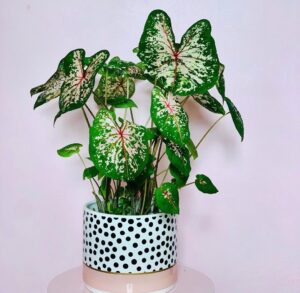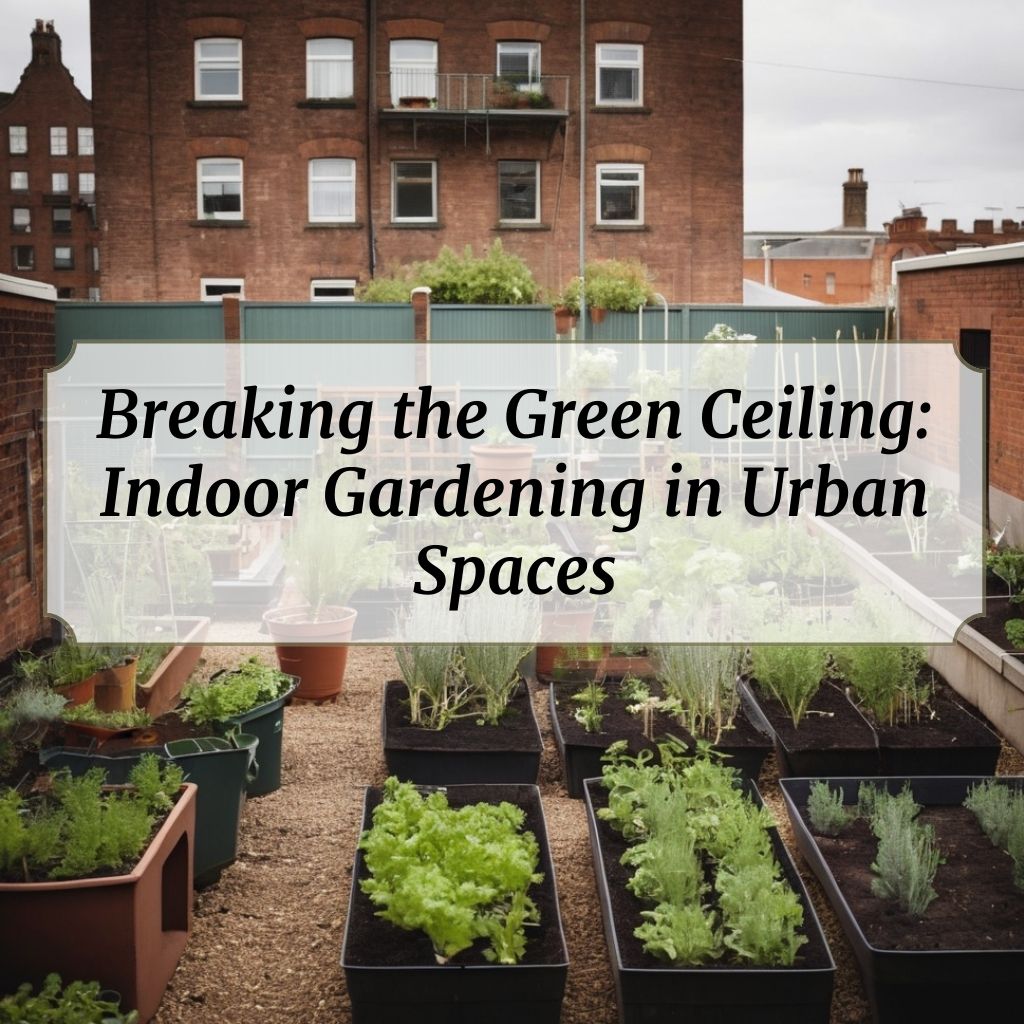
Indoor gardening is emerging in urban areas as the green key that unlocks the door to nature’s serenity, breaking the green ceiling that separates urban dwellers from the lush landscapes they crave.
In this article
From Concrete to Canopy
In the hustle and bustle of city living, finding a green escape can seem like an elusive dream.
However, indoor gardening is rewriting the narrative, transforming urban spaces into lush retreats.
It’s not just about having a few potted plants on your windowsill; it’s about creating a thriving ecosystem within the confines of your urban abode.
Indoor gardening allows city dwellers to reclaim a connection with nature, regardless of space constraints.
From high-rise apartments to cozy studio flats, every inch of urban living becomes a canvas for cultivating greenery.
The concrete jungle begins to resemble a verdant oasis, a testament to the resilience of nature against the backdrop of steel and glass.
The Greening of High-Rise Horizons
Let’s address the towering question: Can indoor gardening thrive in the sky-high landscapes of urban high-rises? The answer is a resounding yes.
Vertical space becomes an opportunity rather than a limitation. Imagine vertical gardens adorning balconies, hanging planters cascading down walls, and a lush tapestry of greenery transforming the vertical expanse of urban living.
The beauty of indoor gardening lies in its adaptability. Compact, vertical, and innovative gardening solutions make it possible for urban dwellers to bring nature into their homes, even when square footage is at a premium.
The green ceiling shatters as plants climb walls and dangle from ledges, turning urban spaces into vibrant ecosystems.
Urban Gardening
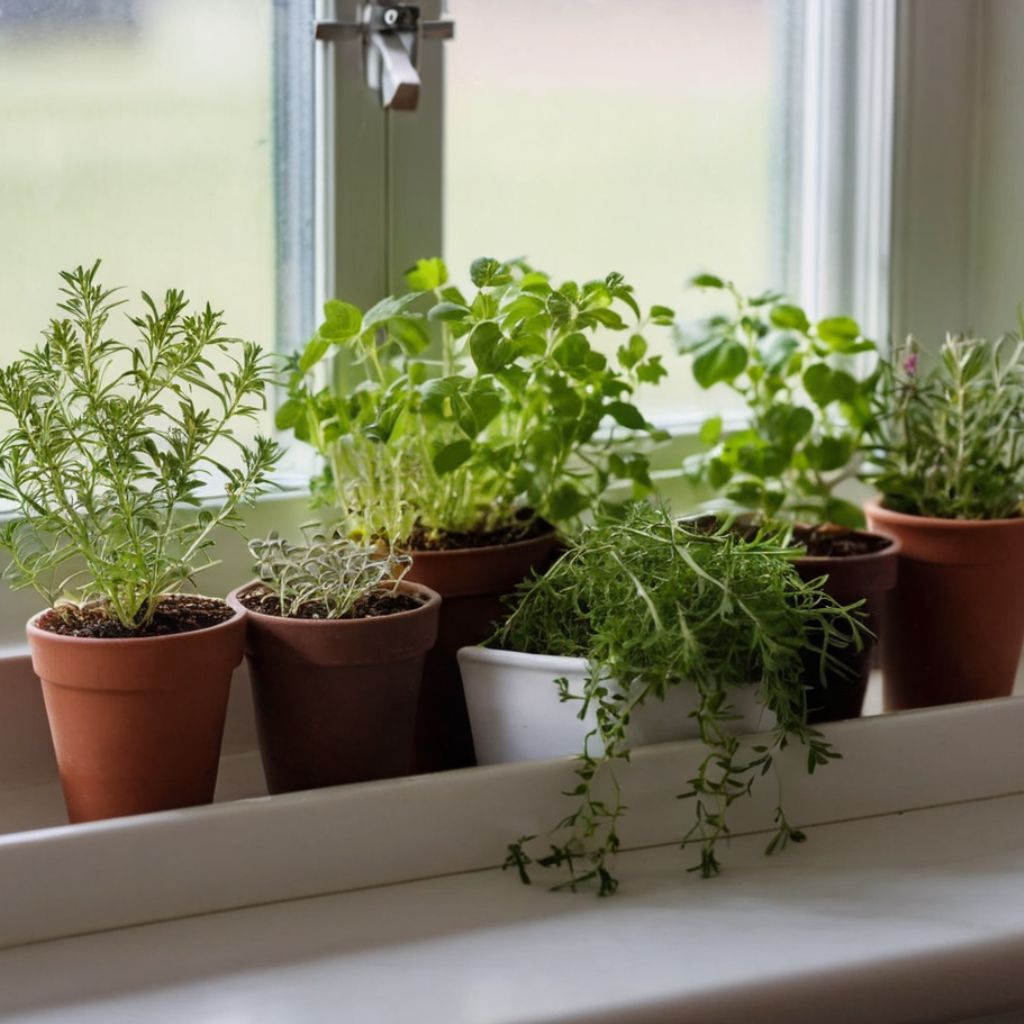
Not everyone has the luxury of expansive balconies or rooftop gardens, but that doesn’t mean the joy of indoor gardening is out of reach.
Enter the humble windowsill—the unsung hero of urban gardening. It’s a space where pots of herbs, succulents, and compact flowering plants find a home, basking in the natural light that filters through city skylines.
Windowsill gardening is a testament to the adaptability of indoor plants. It’s a green revolution that unfolds on the smallest of stages, proving that you don’t need acres of land to cultivate a thriving garden.
The green ceiling crumbles as windowsills become canvases for urban gardeners, painting the city with strokes of green brilliance.
Community Gardens
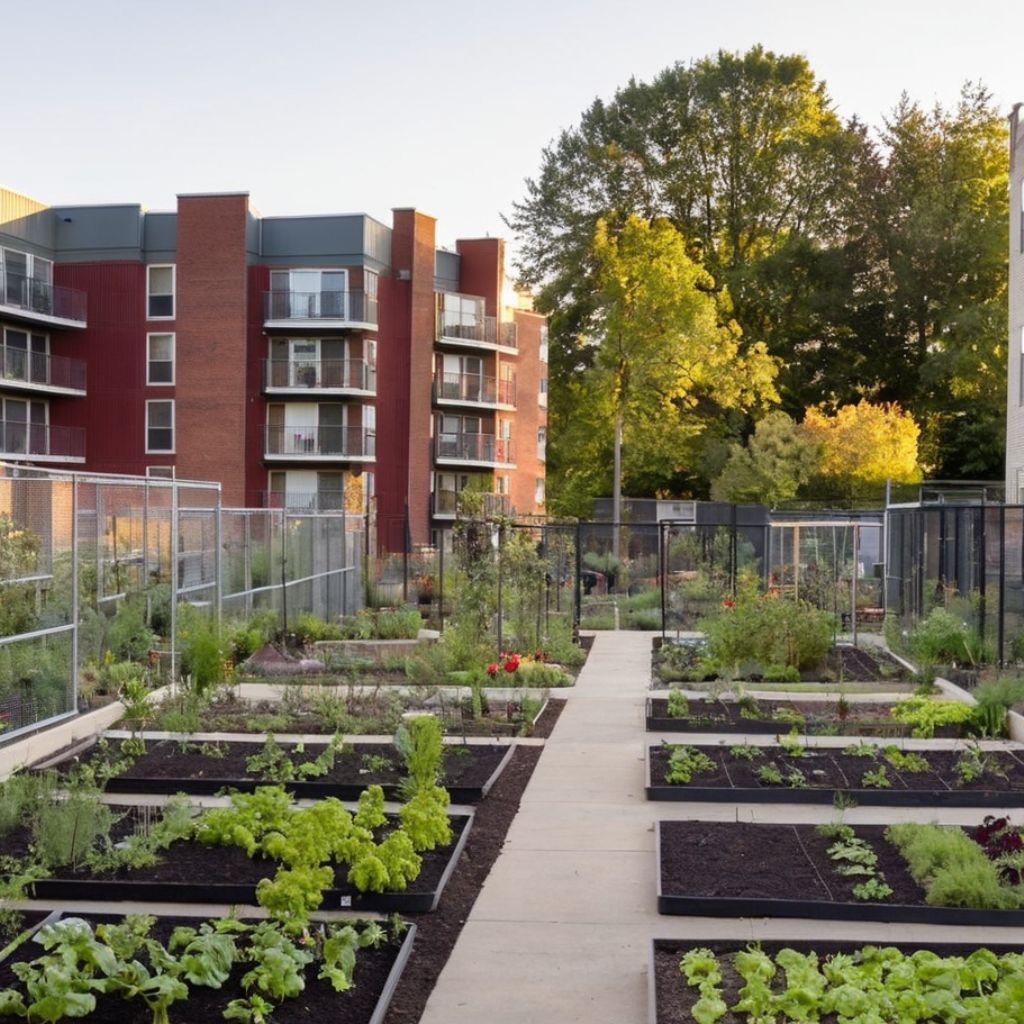
Indoor gardening goes beyond individual homes; it’s a catalyst for community bonding in urban spaces.
Picture a communal rooftop garden where neighbors come together to tend to shared green spaces.
It’s a scene where the boundaries between individual apartments blur, and a sense of shared responsibility for the environment takes root.
Community gardens not only break the green ceiling; they dismantle the barriers that often isolate urban dwellers.
The number of community gardens in the United States has been steadily increasing. According to the American Community Gardening Association, there were over 18,000 community gardens across the country in 2019.
Participants in communal gardening come from various age groups, ethnic backgrounds, and income levels. These gardens contribute significantly to local food production, with the FAO estimating that urban agriculture, including community gardens, can produce up to 15-20% of the world’s food.
Community gardens also promote environmental sustainability by helping to reduce the urban heat island effect, improve air and soil quality, and support biodiversity.
The act of gardening becomes a communal endeavor, fostering connections and friendships that transcend the transient nature of city living. It’s a green revolution that unfolds not just within the walls of homes but across the rooftops and shared spaces of entire urban communities.
The Healing Power of Urban Greenery
The transformative power of indoor gardening in urban spaces extends beyond aesthetics.
It’s not just about having pretty plants; it’s about creating an environment that nurtures well-being.
The greenery that infiltrates urban spaces serves as a natural balm for the stresses of city life.
Studies have shown that exposure to nature, even in urban settings, can improve mental health and overall well-being.
Indoor gardening becomes a tool for urbanites to reconnect with the natural world, providing moments of respite amid the chaos of city living. It’s a reminder that even in the heart of the urban jungle, a green haven is within reach.
Urban Oasis
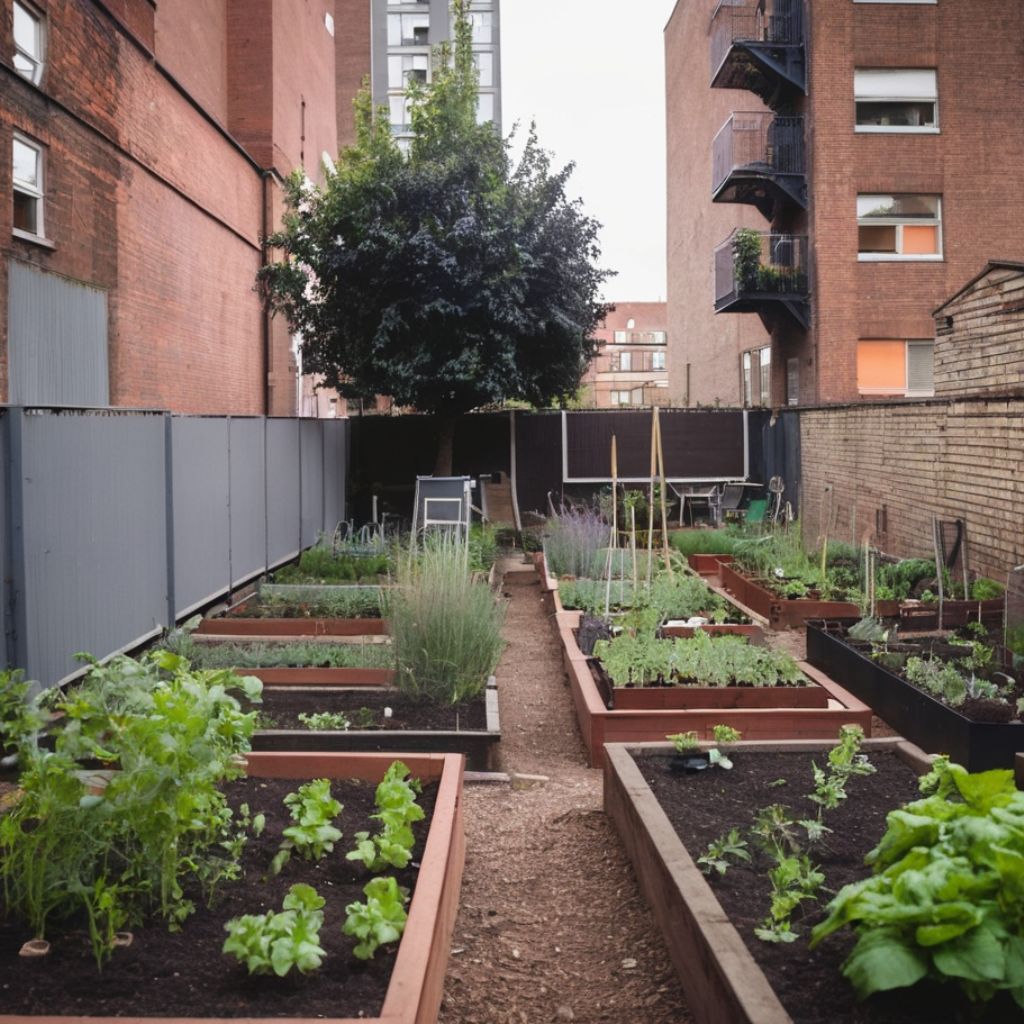
Now that we’ve explored the ways indoor gardening breaks the green ceiling in urban spaces, how can you cultivate your own urban oasis? It starts with a mindset—a realization that green living is not reserved for suburban landscapes.
Whether you have a spacious balcony or just a windowsill, there are ways to infuse your urban space with the vibrancy of indoor plants.
Consider vertical gardening solutions that make the most of limited space. Hanging planters, wall-mounted shelves, and tiered plant stands can turn even the smallest nook into a green sanctuary.
Choose plants that thrive in indoor environments, adapting to the unique conditions of urban living.
Shaping the Future of Urban Living
As we wrap up our exploration of indoor gardening in urban spaces, one thing becomes clear: the green ceiling is not an impenetrable barrier; it’s a canvas waiting to be painted with the strokes of nature.
Indoor gardening is a transformative force, reshaping the way we perceive and interact with urban landscapes.
In the next installment of our journey through the world of indoor gardening, we’ll delve into the artistic expression that comes with cultivating plants indoors.
From designing aesthetically pleasing arrangements to experimenting with different plant species, discover how indoor gardening transcends utility to become a form of personal and creative expression.
Stay tuned for Part 4, urban gardeners, as we continue to unravel the layers of green magic within your reach.


